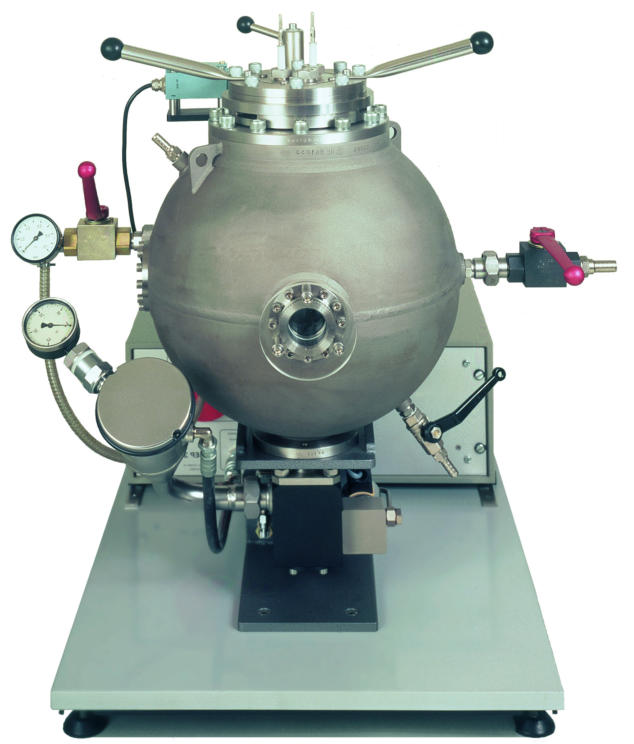
take the steps to
prevent a devastating explosion
take the steps to
prevent a devastating explosion
Helping you understand the hazards, and the risks, associated with the dust being handled.
Combustible dust testing takes many forms, all beginning with the characterization of specific dusts to define potential hazards. Recent regulations (NFPA 652) require facilities to determine if dusts are combustible or explosible using screening tests, such as burn rate and go/no go screening tests.It is essential to ultimately managing the risks associated with the material. But, many questions need to be answered before valid samples can be taken and tested. Mistakes can lead to wasted time and money – or worse – incorrect assessment of risk. This blog provides a brief overview of essential factors.
Generally speaking, tests fall into three categories:
- Combustibility Screening Test: Commonly known as a “Go/No Go” test, this initial screen determines whether the particulate is “explosible”. If the material proves to be “explosible”, additional characterization should be completed to understand ignition sensitivity and explosion severity.
- Ignition Sensitivity Tests: These “before the ignition” tests are chosen based upon the environment and potential risks that may be present where the dust is generated, processed, conveyed, or stored. The most common tests answer the following questions:
- How much energy is required to ignite the dust? This test for Minimum Ignition Energy (MIE) is critical to determine if a dust can be ignited by low-energy sources like static electricity or if a higher energy source (e.g., sparking motors) would be necessary for ignition. Results are reported in millijoules (mJ).

-
- How much material must be suspended in the atmosphere before ignition can be supported? The test for Minimum Explosible Concentration (MEC) is often compared to the Lower Explosive Level (LEL) for flammable vapors and liquids. Results are measured in grams per cubic meter (g/m3).
- At what temperature will airborne dust autoignite? The test for Minimum Ignition Temperature – Cloud (MIT) determines when airborne dust can ignite by contacting hot objects (e.g., oven cabinet surfaces, motors, overheated bearings) or heated environments. Results are reported in degrees of centigrade.
- At what temperature will layered dust autoignite? The test for Layer Ignition Temperature (LIT) determines when layered dust can ignite when in contact with heated surfaces (e.g., oven cabinet surfaces, motors, overheated bearings). Results are reported in degrees of centigrade.
- Explosion Severity Tests: These “after the ignition” tests determine how much energy is generated when a specific dust is ignited in a contained vessel. The test results are demanded when designing explosion protection equipment (e.g., explosion relief panels, chemical isolation systems) to mitigate the effects of an explosion involving a specific material. The most common tests answer the following questions:
- What is the maximum pressure that will be generated by a dust cloud explosion? Maximum Pressure (Pmax) is reported in bars (standard atmospheres) and is not normalized.
- What is the normalized speed of pressure rise created by the dust cloud explosion? The Deflagration Index (KSt) is reported in bar-meters/second (bar-m/sec).
